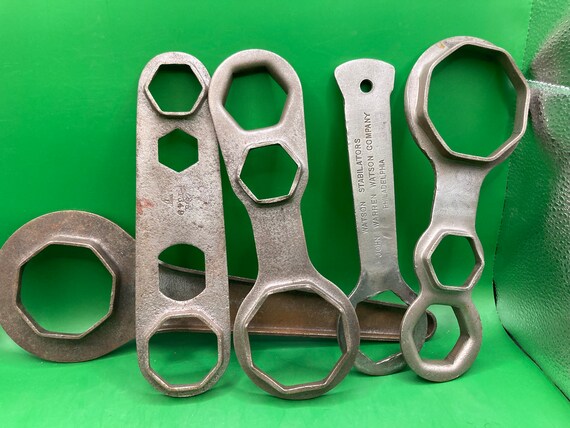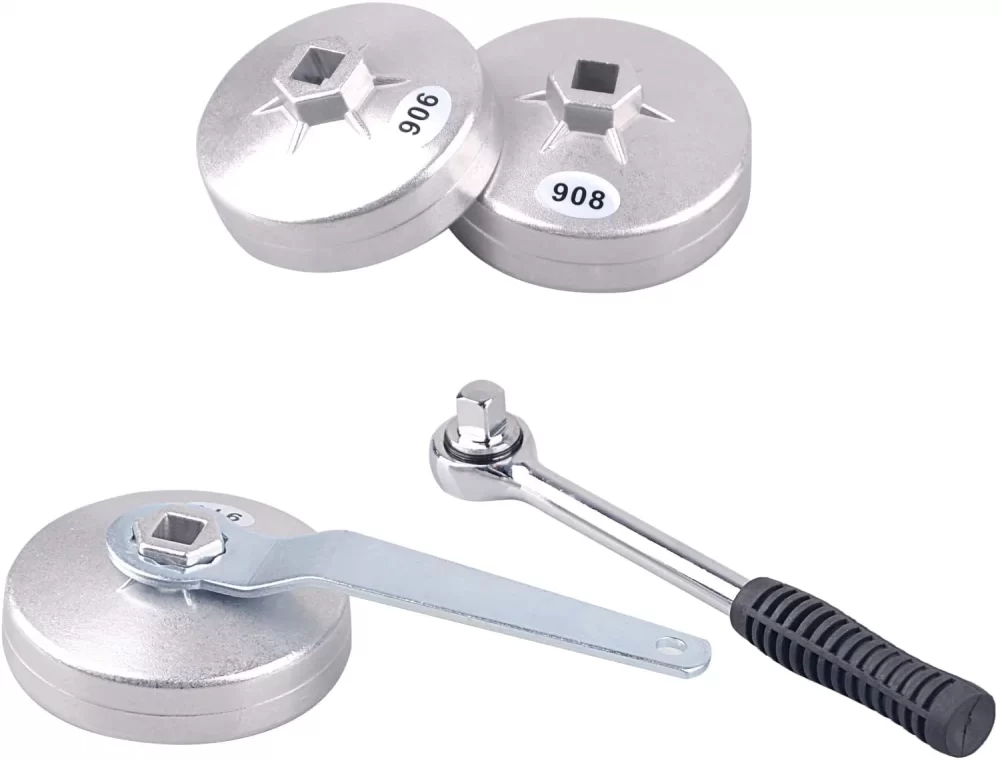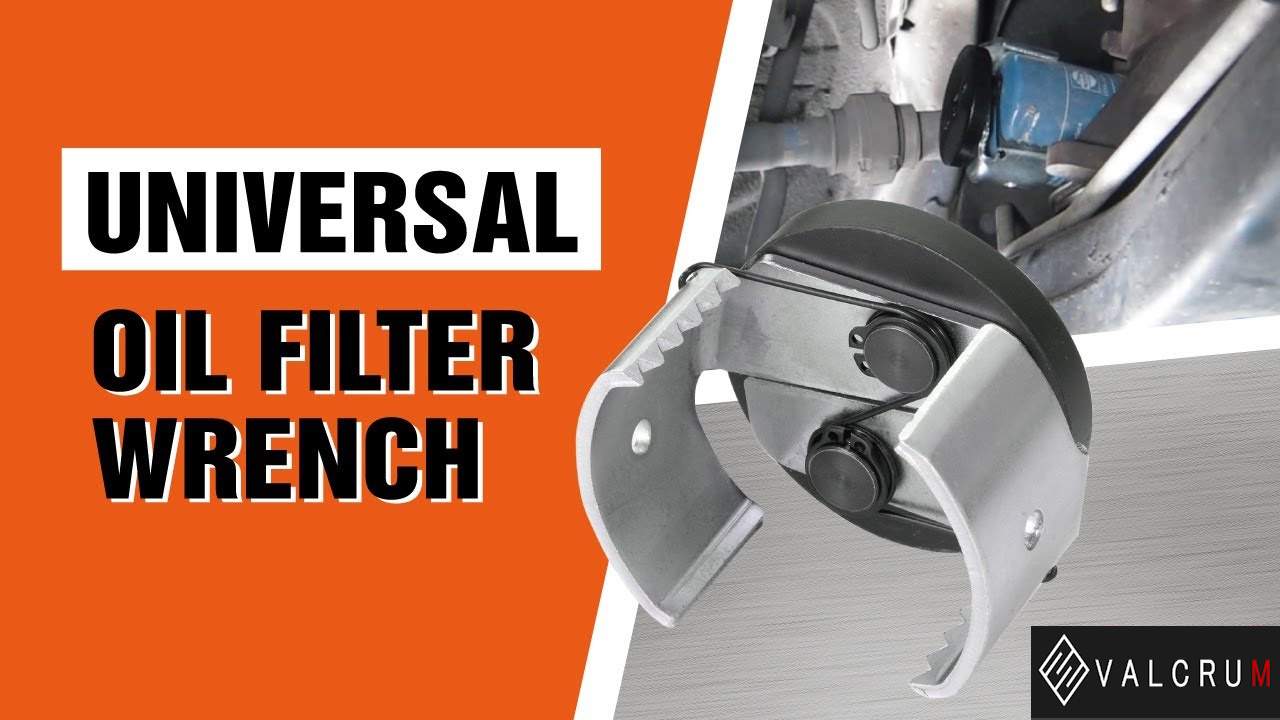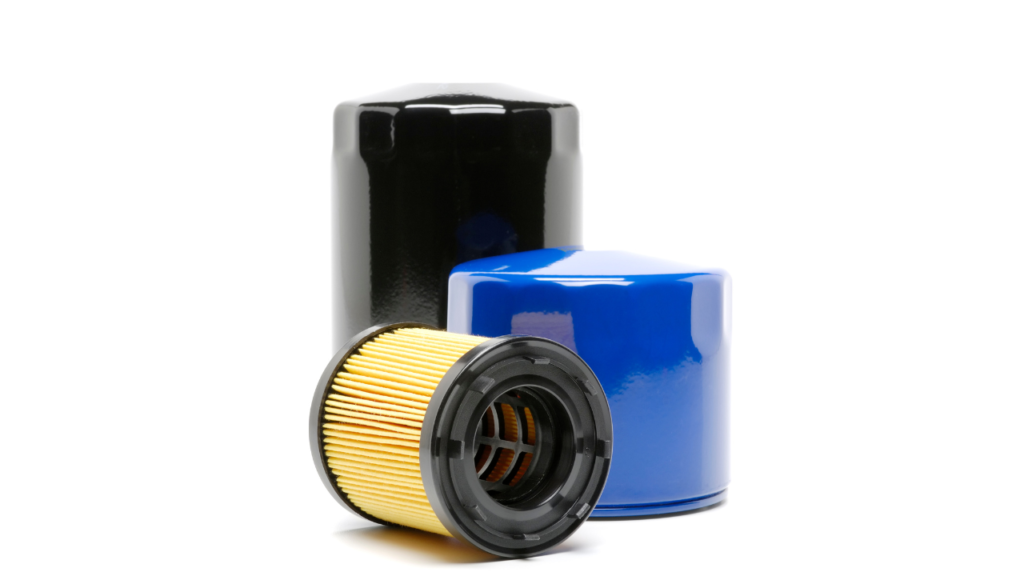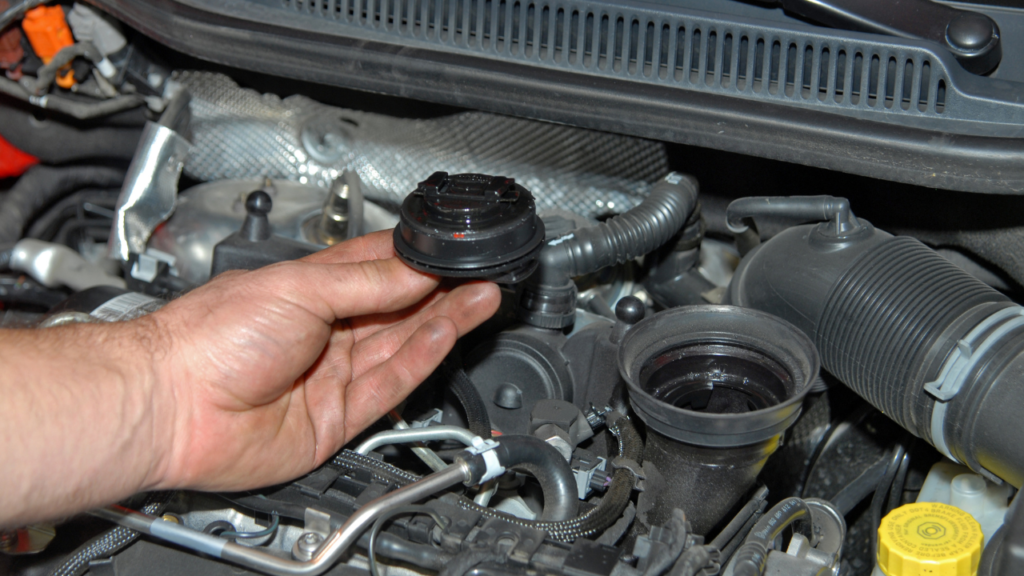Hub Cap Wrenches: The Key to Wheel Aesthetics and Protection
Introduction: In the world of automotive maintenance and aesthetics, the hub cap wrench stands out as a simple yet essential tool. While it may not be as frequently used as other automotive tools, its importance in maintaining the appearance and functionality of your vehicle’s wheels cannot be overstated. This article delves into the world of hub cap wrenches, exploring their purpose, types, and the vital role they play in vehicle care.
What is a Hub Cap Wrench?
A hub cap wrench is a specialized tool designed for the removal and installation of hub caps or wheel covers on vehicles. These decorative covers protect the wheel hub, lug nuts, and bearings from dirt, moisture, and road debris while enhancing the overall appearance of the wheels.
Types of Hub Cap Wrenches:
- Standard Hub Cap Wrench:
- Features a flat, notched end for prying off hub caps
- Often includes a rubber-coated handle for improved grip
- Multi-Purpose Hub Cap Tool:
- Combines a prying end with a flat surface for tapping hub caps back into place
- May include multiple notch sizes for different hub cap designs
- Telescoping Hub Cap Wrench:
- Adjustable length for improved leverage and reach
- Ideal for accessing hub caps on larger vehicles or deep-set wheels
- Socket-Style Hub Cap Wrench:
- Designed to fit specific hub cap patterns
- Provides a secure grip for stubborn or tightly fitted hub caps
Key Benefits of Using a Hub Cap Wrench:
- Prevents Damage: Using the proper tool reduces the risk of scratching or denting both the hub cap and the wheel during removal and installation.
- Improves Efficiency: A hub cap wrench makes the process of changing tires or accessing lug nuts quicker and easier, saving time during maintenance.
- Enhances Safety: Provides a secure grip, reducing the risk of injury from slipping tools or sharp edges on damaged hub caps.
- Preserves Aesthetics: Proper removal and installation help maintain the appearance of your vehicle’s wheels, preventing unsightly scratches or bent edges on hub caps.
- Versatility: Many hub cap wrenches are designed to work with a variety of vehicle makes and models, making them valuable tools for both professional mechanics and car enthusiasts.
Proper Use of a Hub Cap Wrench:
- Removal:
- Locate the edge of the hub cap
- Position the notched end of the wrench between the hub cap and wheel
- Apply steady pressure to gently pry the hub cap off
- Installation:
- Align the hub cap with the wheel
- Use the flat end of the wrench to tap the hub cap evenly around its circumference
- Ensure the hub cap is securely seated
Maintenance Tips for Hub Cap Wrenches:
- Clean the tool after each use to prevent buildup of dirt and grime
- Store in a dry place to prevent rust (for metal wrenches)
- Inspect regularly for any damage or wear that might affect its performance
When to Use a Hub Cap Wrench:
- During tire rotations or replacements
- When cleaning or painting wheels
- To access lug nuts for tightening or inspection
- When upgrading to new hub caps or wheel covers
Choosing the Right Hub Cap Wrench:
Consider the following factors when selecting a hub cap wrench:
- Compatibility with your vehicle’s hub cap design
- Material quality and durability
- Ergonomic design for comfortable use
- Versatility if you own multiple vehicles
Conclusion:
While often overlooked, the hub cap wrench is an invaluable tool for anyone who takes pride in their vehicle’s appearance and maintenance. By providing a safe and efficient means of removing and installing hub caps, this simple tool plays a crucial role in protecting your wheels and maintaining your car’s aesthetic appeal. Whether you’re a professional mechanic or a DIY enthusiast, having a quality hub cap wrenches in your toolkit ensures that you can care for your vehicle’s wheels with confidence and precision. Remember, the right tool not only makes the job easier but also helps preserve the beauty and functionality of your vehicle for years to come.
